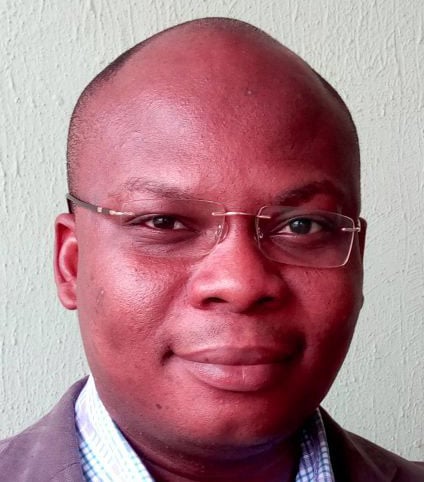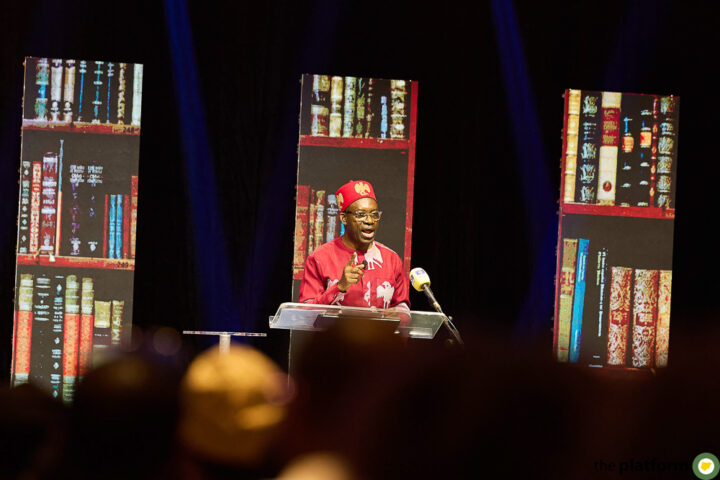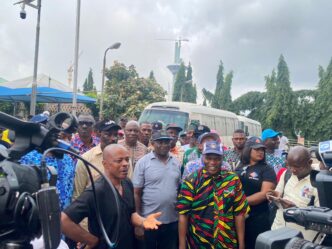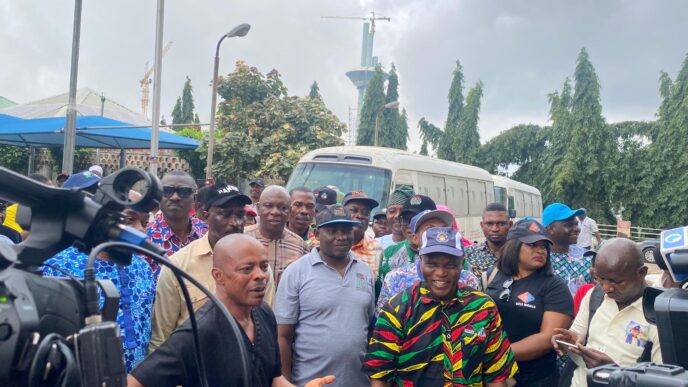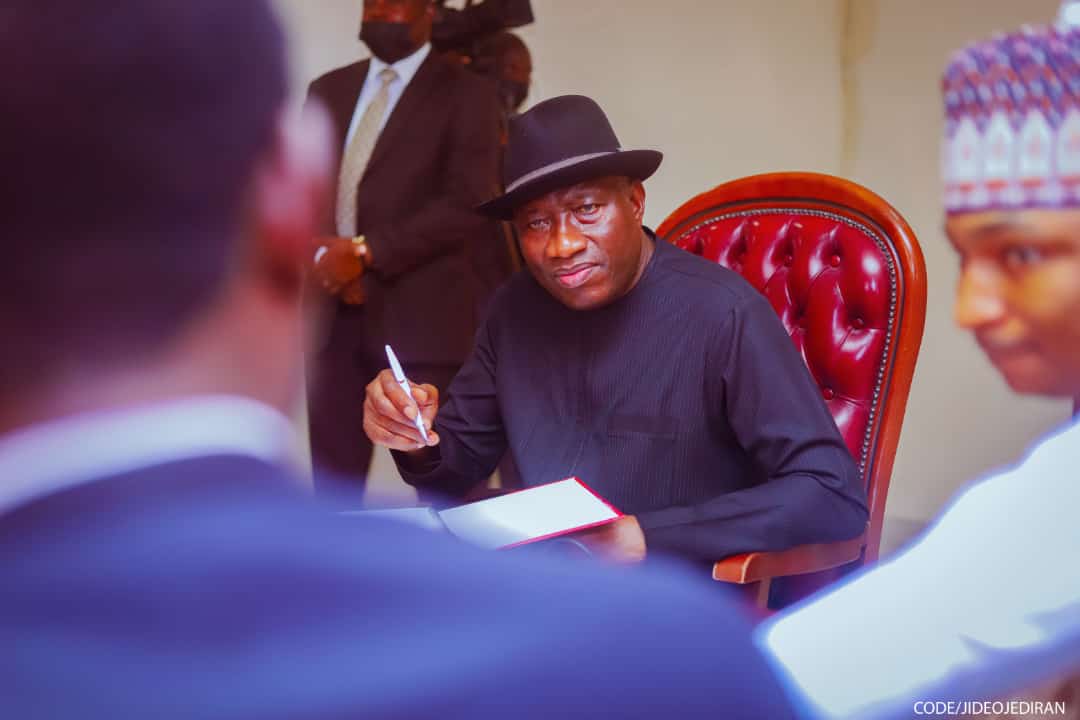Governor Chukwuma Soludo – one of Nigeria’s most respected professors of economics and the governor of Anambra State – knows that there is nothing wrong in borrowing provided that borrowed money is used for capital projects that spur economic growth or investments that could provide a yield higher than the interest rate on borrowed money.
But Governor Soludo has refused to borrow in the last 28 months thathe has been in office despite having gotten the approval to borrow N100 billion from the Anambra State House of Assembly in 2022. And to the surprise of many, Governor Soludo has been aggressively executing mega projects without borrowing despite the current economic headwinds in the country (https://www.thecable.ng/on-5-mega-projects-executed-by-soludo-without-borrowing-a-penny/).
So, when a national newspaper recently reported that Anambra plans to borrow 245 billion naira to fund its 2024 budget, it was easy to see that the report was just a figment of the reporter’s imagination.
Governor Soludo argues that Anambra will only borrow at the best conditions in the market and that the people will be shown clearly where the borrowed funds are utilized if the state must borrow.
Advertisement
Considering that the easiest thing for a subnational government to do is to borrow money, Soludo’seconomic and governance approach make a lot of sense. A few years ago, in a meeting with banks, the Fiscal Responsibility Commission (FRC) lamented that ‘’as soon as state governors constitute their cabinets bank officials swoop on them with mouth-watering offers to lure them into borrowing from the banks’’.
In fact, banks and lenders need people to borrow money and this is how they make their money. [The traditional way for banks and lenders to make money is to take money from those who can invest and lend to those who need money at an interest]. It is not easy to resist lenders, especially for governments who have limited resources.
Today, even some of the dollar denominated loans from multilateral agencies that were regarded as concessionary loans (i.e. loans with interest rates below market rate) have turned out to be very expensive loans for some subnational governments. Take for example the case of the Kaduna State Government. In 2017, Kaduna borrowed $350 million from the World Bank which it invested in Kaduna State and the exchange rate at the time the loan was received was $1/N305. Today, the Kaduna State Government has to pay back the loan at $1/N1600. To compound the issues, Kaduna does not earn dollars but have to pay back from its naira receipts. This can put a lot of strain on Kaduna’s finances.
Advertisement
For Kaduna State and with most states with such kind of loans, it is really not about how well the loans were used or how good the Disbursement Linked Indicators (DLIs) the loans were predicated upon. No organization can survive with this kind of exchange rate–induced payment structure. [Note that these loans used to be loans that were highly sought for because of their attractive grace periods, low interest rates and good repayment amortization plans].
Perhaps, this is why state governments need to be circumspect when it comes to loans. Today, there are substantial risks associated with some ‘‘concessionary loans’’ and some subnational governments have limited headroom to borrow new monies despite the fact that most of them require large sums to plug the deficits in their 2024 budget.
But what is the solution? Anambra State’s prudent management of resources comes to mind. Despite not having borrowed a dime, the state government is still firing on all cylinders. Infrastructure projects – which will spur economic growth – are being aggressively executed and new ones are slated to come on stream.
Fundamentally, Governor Soludo’s strategy is to execute these projects at cost-effective prices. In Anambra, contractors and consultants know that they have to stretch their minds in order to come up with the most cost-effective and technically sound project solution.
Advertisement
Also, Governor Soludo has imbibed the culture of eliminating unnecessary expenses: ministries and agencies are encouraged to come up with innovative ways to reduce waste. In fact, the government’s slogan is to ‘do more with less’. Behind any expenditure, the governor insists that procuring entities need to ask themselves this fundamental question: Is this the best way to spend Anambra’s money and what would the ‘Keke’ driver who has contributed to the money being spent, by way of taxes, think about how this expenditure is made? And if the answer is that a tax payer would be happy about an expenditure, then that expenditure is worth making.
Governor Soludo is also deploying innovative ways to fund projects and reduce the strain on Anambra’s limited resources. [Currently, many subnational governments in the country are struggling to fund capital projects]. Today, Anambra is pursuing an innovative public-private partnership model known as: Public- Private Community Partnership (PPCP). With this model, Anambra State will increase its infrastructure footprint by establishing a partnership between government, communities, wealthy individuals and the private sector.
The future of Anambra is bright and with Governor Soludo’s prudent management of the state’s resources, Anambra will continue to be the ‘light of the nation’. Soludo’s economic model in Anambra should be copied by other subnational governments.
Nwankwo is the special adviser on special project to Soludo
Advertisement
Views expressed by contributors are strictly personal and not of TheCable.
Add a comment
